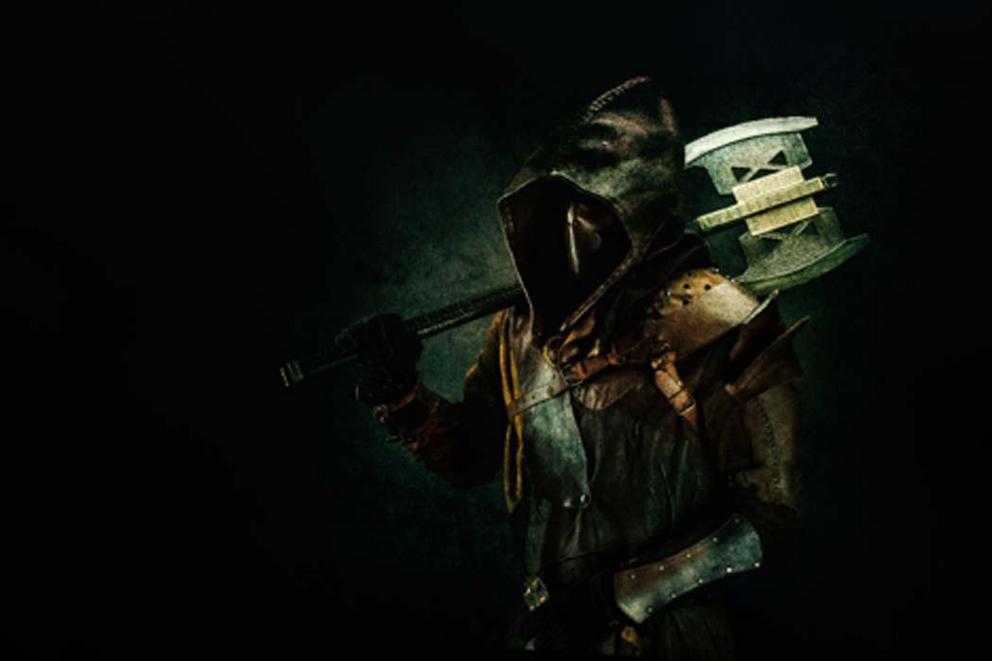The dark life of a medieval executioner – a cut away from the rest
Portrait of an executioner.
It is no surprise that the medieval period was filled with all kinds of undesirable jobs. There were leech collectors, cesspool cleaners, serfs, and gong farmers, to name a few. But one vocation that was, perhaps, one of the toughest, was the job of the medieval executioner. Theirs was one of the darkest, most taboo jobs of the Middle Ages.
Whether employed in splendid royal courts or backwater petty castles, these vicious headsmen had a singular purpose – to do the job that very few could or wanted to do. Theirs was the role of taking lives, tightening the noose or decapitating those who were destined for an early grave. Their axes knew no class or creed – the sharp iron culled both king and peasant.
Medieval Executioners: Masters of Dirty Jobs
During much of the early medieval period, as well as the centuries that followed, crime and lawlessness were rampant throughout the world. From Europe to Asia and the Middle East, evil was an everyday occurrence. Rapes, thievery, murder, heresy, and leprosy – all manner of sin and decadence ran rampant in the unruly medieval world, under the auspices of death itself.
But where there is lawlessness, there is also justice, albeit sometimes a cruel one. Mercy was not the usual approach to solving crimes, much to the disadvantage of the budding criminal of the period. This means that once dealt, justice was swift and brutal – a determined and definite retribution against the usurpation of the order of the society. In short, the death penalty was often the sentence.
As the earliest epoch of the Middle Ages slowly advanced into a new, slightly more developed period, it also saw the rise of a new vocation. Someone was needed to perform the role that no one wanted - that was the executioner’s vocation.
From as early as the 1200’s, the societies of Western and Central Europe were increasingly requiring an official position that would satisfy their needs for delivering capital punishment to their convicts. Prominent cities throughout France, Germany, and England required skilled executioners to act as the divine hand of justice appointed by the state and the royal court.
One of the earliest documented official executioner positions dates to 1202, when a prominent headsman, Nicolas Jouhanne – nicknamed “la Justice” – was appointed the vicomte, and official executioner of the Normandy town of Caux. From then on, this official position spread through many capitals and large towns of Western Europe.
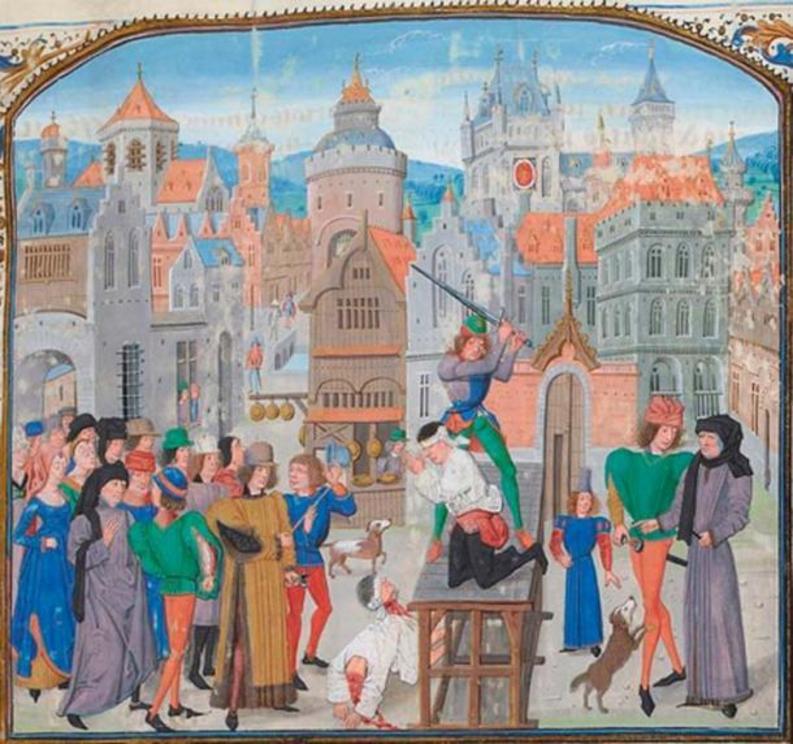 Guillaume Sans, lord of Pommiers, is executed in Bordeaux on the orders of Thomas Felton, the city's English seneschal. Jean Froissart, Chronicles, fol. 1. Flandres, Bruges 15th Century.
Guillaume Sans, lord of Pommiers, is executed in Bordeaux on the orders of Thomas Felton, the city's English seneschal. Jean Froissart, Chronicles, fol. 1. Flandres, Bruges 15th Century.
But even before that period, and certainly well after it, the role of the executioner was definitely a troubled one, straddling a grey area between good and evil and between acceptance and repugnance.
Executioners were very much ostracized. Death, and moreover, murder, always had a difficult position in society. When done by a mass of people, as in lynching, murder was no longer a taboo act – the group erased the perpetrator. But once an individual took the matter into their own hands, and performed a murder, the situation was different.
And such was the predicament of the executioner. A person in this position, who was known to be the headsman, was seen as a troubled person, a sinner beyond redemption, and simply put – a killer. The masses could not accept the wanton taking of a life – on command – and could not comprehend the state of mind that hid behind the eyes of the headsman.
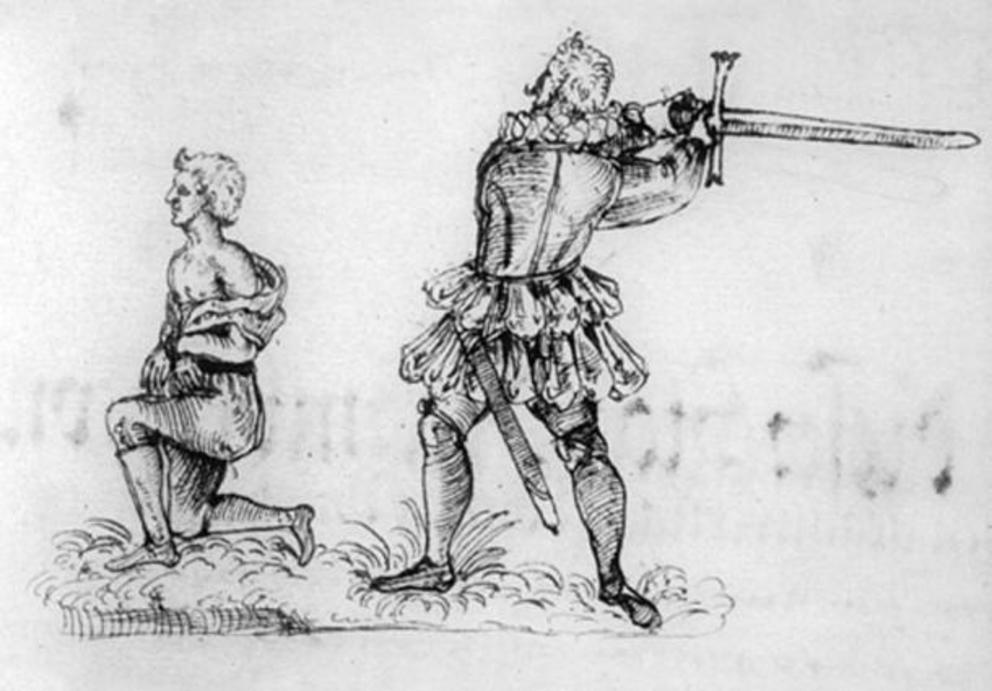 The executioner Franz Schmidt executing Hans Fröschel on May 18, 1591.
The executioner Franz Schmidt executing Hans Fröschel on May 18, 1591.
One good example of this viewpoint of the masses can be observed from the many writings and memoires from the Middle Ages, and chiefly the writings of Joseph de Maistre. Here is a part of his observations of the character of an executioner:
“This head, this heart, are they made like ours? Do they not have something odd or foreign to our nature? On the exterior he [the executioner] is made just as we are; he is born, like us; but he is an extraordinary being…Is he a man?”
 Joseph de Maistre (1753-1821), homme politique (politician).
Joseph de Maistre (1753-1821), homme politique (politician).
At the Edge of Society
The truth is not very far – a medieval executioner had a hard time in the society around him. In many, if not most, cultures of the medieval world, an executioner was an ostracized, shunned person, who belonged to a markedly different caste of society. Even though they sometimes enjoyed financial benefits and could earn reasonable amounts from their work, these people still suffered in solitude and lived life on the margins of society – simply because of their vocation. To freely deliver death, torture, and all manner of foulness on another person was seen as reason enough for the people to look down on an executioner and shun him.
In most countries, executioners and their families lived on the peripheries of cities, well away from the main residences. They also couldn’t be buried like the rest of the citizens – their graves were separated from the main graveyard, marked, and much less elaborate. The executioners had to be recognizable even when off duty – much like Jews, lepers, and prostitutes during the Middle Ages, they too had to wear a special marking on their person, at all times.
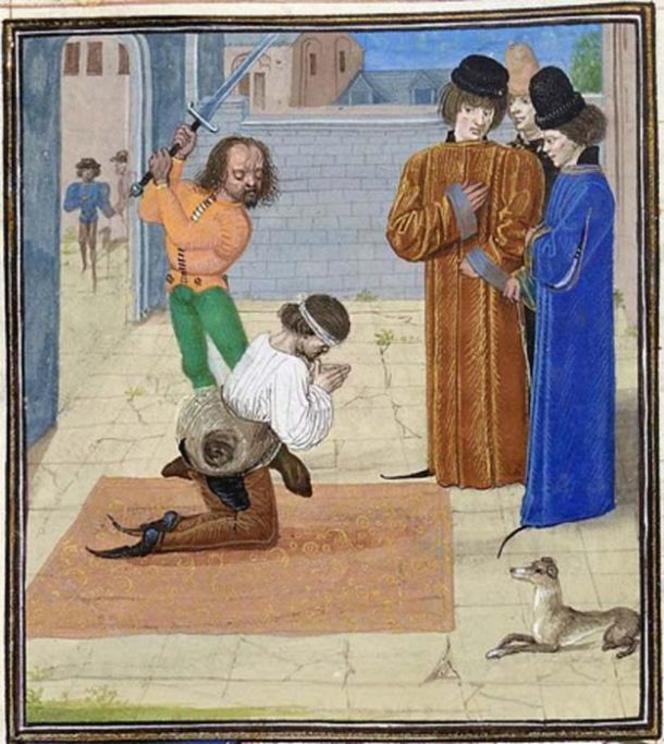 15th century depiction of the execution of Robert Tresilian, as depicted in Jean Froissart's ‘Chroniques.’
15th century depiction of the execution of Robert Tresilian, as depicted in Jean Froissart's ‘Chroniques.’
And the ostracizing was similar outside of Europe – in Japan, for example, an executioner was extremely discriminated against and denigrated. They were exclusively from the burakumin class – the lowest social caste of Japan.
In the Ottoman Empire, no citizen could be an executioner – this vocation was reserved exclusively for the Roma gypsies . This fact alone separated them in the Ottoman society, and they were looked down upon due to their cruelty and unflinching approach to all the gruesome tasks. These Roma caravans and throngs were an essential part of the baggage trains of Ottoman armies – they were tasked with the cruelest tortures and executions against the subjugated peoples of the empire.
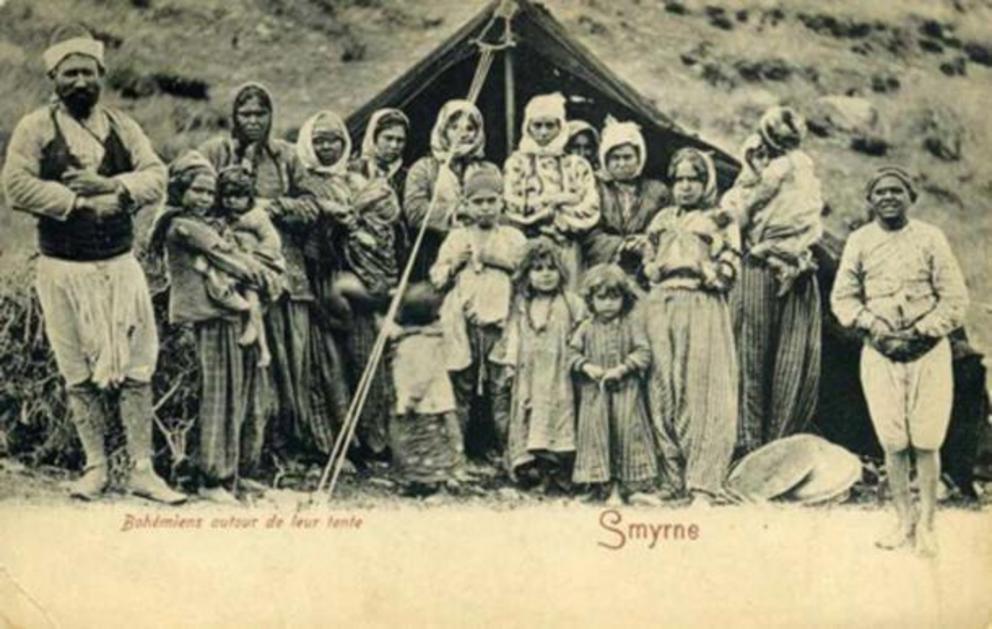 Pre-1903 postcard of group of Roma gypsies in front of their tent in Smyrne.
Pre-1903 postcard of group of Roma gypsies in front of their tent in Smyrne.
The Ottoman Roma executioners were widely feared for their cruel methods such as impalement on a stake. This was the execution method used against brigands, thieves, and captured freedom fighters in occupied lands.
The medieval executioner, especially in the early periods, was actually much more than just an executioner. Once could hardly expect to have a fresh head to chop off every day, and thus different means of earning money had to be found. That is why the executioner was tasked with many more jobs – none of them decent.
In fact, an executioner never had a singular vocation in the early medieval period. An executioner earned his daily bread by doing many unsavory tasks, which were shunned by the rest of society. In France, they were known as maitre des hautes et basses oeuvres – masters of high and low works.
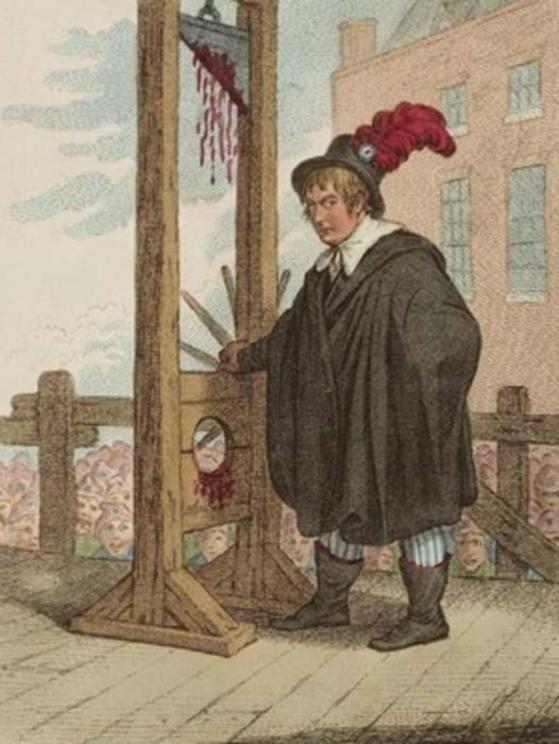 A French executioner in 1798.
A French executioner in 1798.
For example they would tax the prostitutes and lepers of the town, especially those that were illegally there. An executioner that found an illegal leper begging on the streets had the right to confiscate all the belongings and money of the leper, and to fine him an additional amount.
They were also well-known as knackers – people tasked with collecting animal carcasses around town, as well as killing sick, dying, and old animals. The carcasses would then be rendered to gather anything usable – fat, hides, tallow, or bone meal. This was a shunned and foul job – but very lucrative. In many areas knackers were also exclusively executioners.
An executioner was also employed to oversee the town’s prostitutes – another task that was seen as disreputable and decadent. These men were tasked with exacting a tribute from the prostitutes – a fixed sum, several times per year.
Curiously, the medieval executioner, particularly in France and Western Europe, was tasked with managing the town’s stray dogs (in what way, you can guess), as well as farm animals kept illegally in town premises. For example, in Dijon, France, the law declared that no citizen may keep any sort of pigs in the town premises. It was the job of the executioner to kill any pig that was found in town. He was in his rights to cut off the head and keep it for himself, as payment.
Another shunned job was related to gong farming, cesspits, latrines, and similar foul fecal aspects of the medieval society. While these jobs were highly degrading, unsanitary, filthy, and ostracized, they were nonetheless lucrative – and executioners were often in charge of them.
The Real Addams Families – Executioner Dynasties
But even when they had a range of tasks that were in a sense critical to the functioning of the town, the executioners were still ostracized. They were not allowed to come into contact with the upstanding, well-off citizens of the town, and were thus put into the corner with the same social outcasts they had authority over.
This shunning throughout the medieval period slowly drove executioner families to endogamy –the practice of marrying people that belong to the same background and social caste. Executioners almost exclusively married women who came from executioner families themselves, and in that way they almost created small separate executioner-communities.
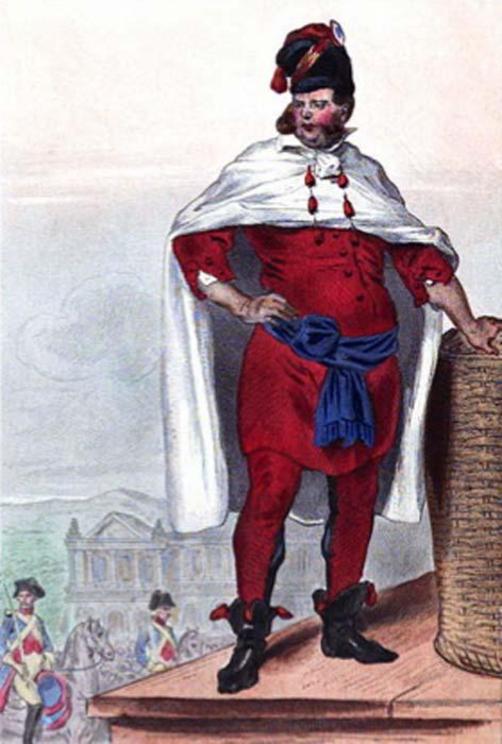 The "bourreau" under Louis XVI.
The "bourreau" under Louis XVI.
In time, those headsmen that were employed in the royal courts, their sons, and their grandsons, all were in the family “business”. This saw the rise of many prominent, hereditary executioner dynasties, which were often well-off, (in)famous, tasked with relieving some highly important individuals.
In France, there was the Guillaume dynasty of Paris executioners, which was prominent in the business for more than a century. They were succeeded by the even more famous Sanson family, whose offspring – Charles Henri Sanson – would execute Louis XVI with a guillotine. Then there was the Desmorest dynasty – an offshoot of the Guillaumes – which gave France of the period more than 50 prominent executioners.
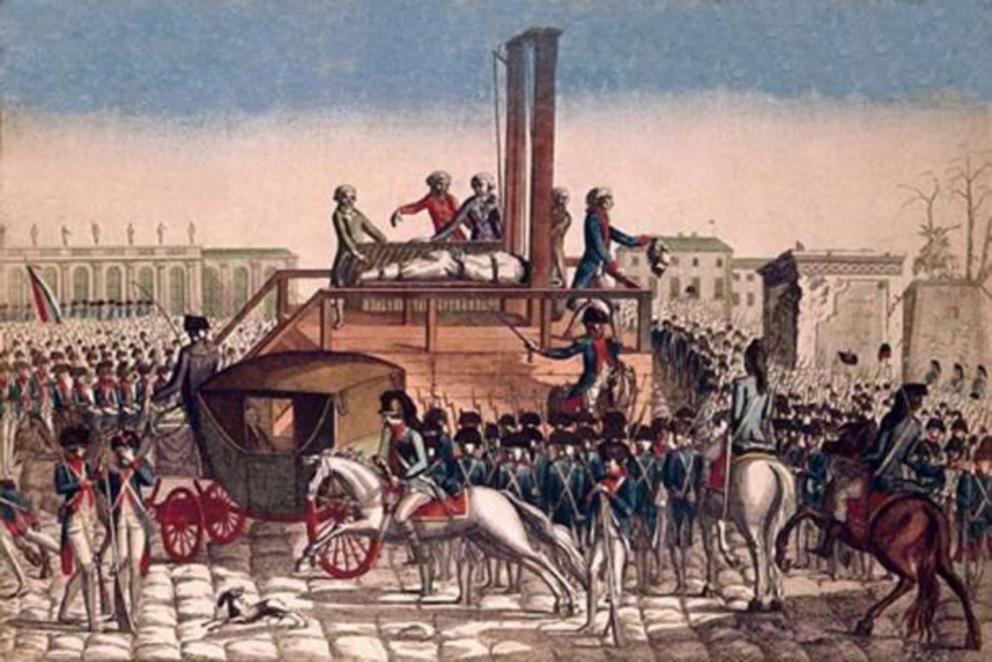 Execution of Louis XVI.
Execution of Louis XVI.
In Western Europe, there was the prominent Dalembourg dynasty of executioners, who performed their role across Switzerland, Germany, Austria, and the Netherlands.
Methods of the Executioner
Execution methods were many, and most notably they were done by the axe, the sword, the noose, or garrote. It wasn’t always easy to complete the task.
History remembers many notable cases of clumsy executioners, which resulted in some botched and prolonged capital punishments . One example is the execution of James Scott, 1st Duke of Monmouth, 1st Duke of Buccleuch, in 1685. He was executed by the infamous Jack Ketch, the executioner employed in the court of King Charles II. Ketch was infamous for his botched executions, which could have been done on purpose out of a sadistic nature.
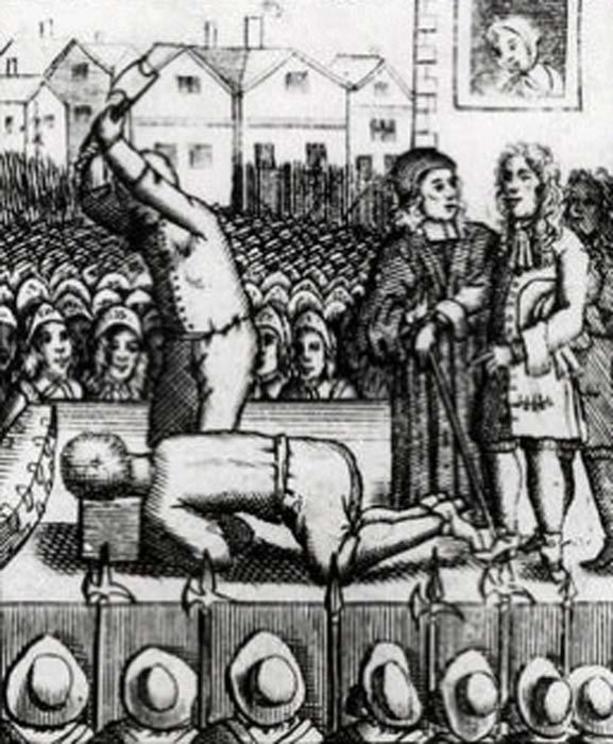 Execution of Monmouth on Tower Hill, 15 July, 1685.
Execution of Monmouth on Tower Hill, 15 July, 1685.
When the Duke of Monmouth was on the chopping block, he specifically implored Ketch, in front of many gathered witnesses, to grant him a swift death – unlike the ones before. He gave Jack Ketch six guineas, and vouched that his servants would give more gold to the executioner if the death was swift. Nonetheless, the execution was botched and extremely unpleasant. It took Ketch eight hacks to finally sever the head. The gathered masses were enraged and attempted to lynch the executioner – without success.
Payday Was a Chop Away
Today we are shown the slightly romanticized, perhaps inaccurate image of the medieval executioner as a hooded, secretive and mysterious death dealer – while the reality could have been very different. It was difficult for an executioner to remain anonymous, his post and his vocation was known by all, and thus a hood and a mask would have been pointless.
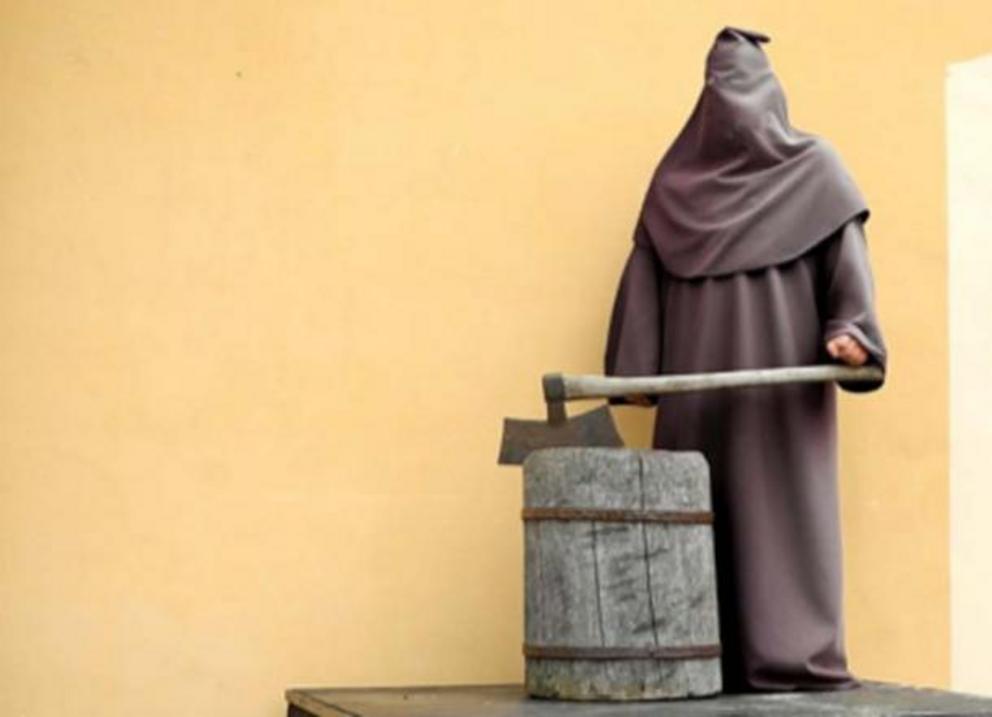 Hooded executioner.
Hooded executioner.
And we can now understand that the position of an executioner was almost always discriminated against. Taking lives, no matter how lowly or sinful they are, has never been an easy task – and it plunged the medieval executioners into the realm of social outcasts, forcing them to earn their money by doing all the gruesome and degrading jobs that were on offer – from collecting carcasses and burying bodies, to managing stray dogs and overseeing the clearance of cesspools.
Such was the hard life of the headsman. And if their lives of solitude and despair drove them to crime and murder, they could end up on the other side of the axe.
All necks were the same to the sharp iron of the executioner’s blade.

